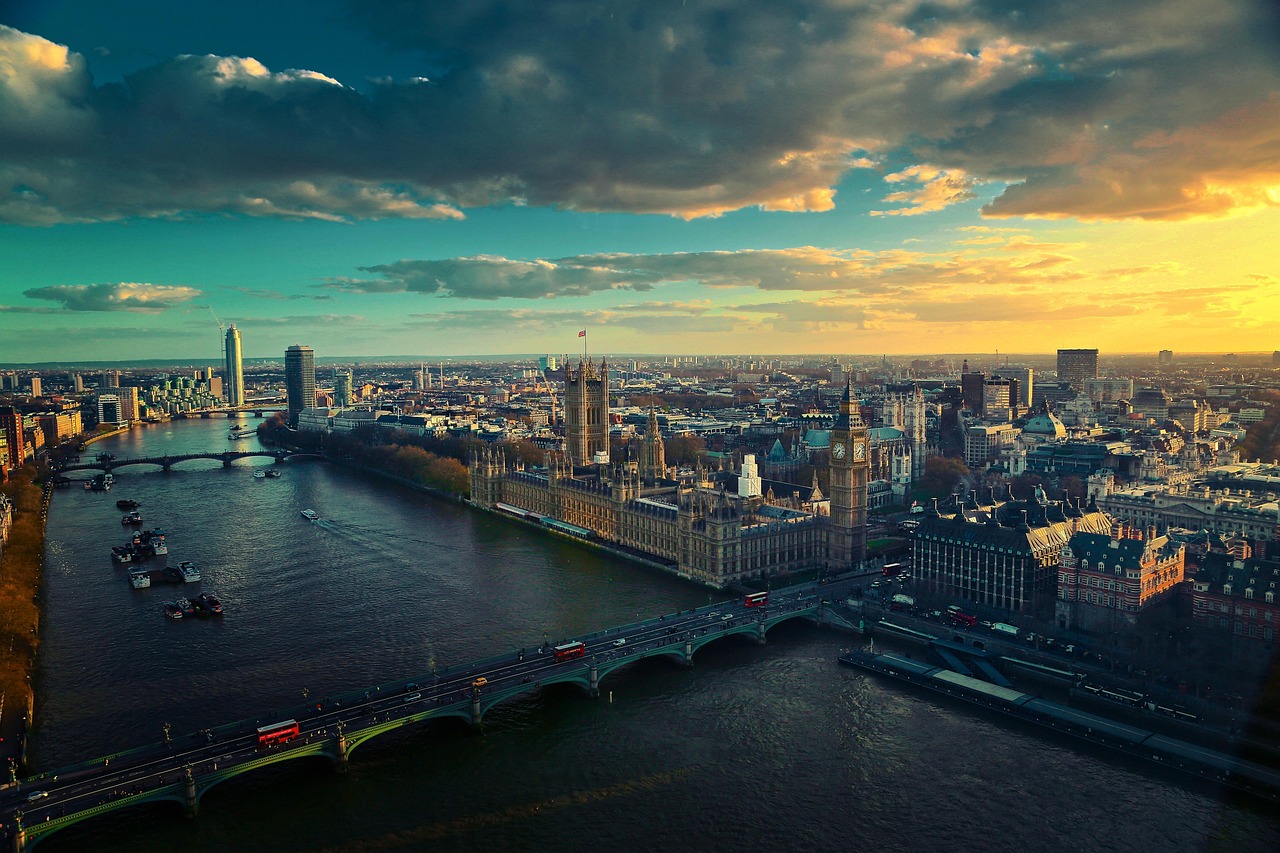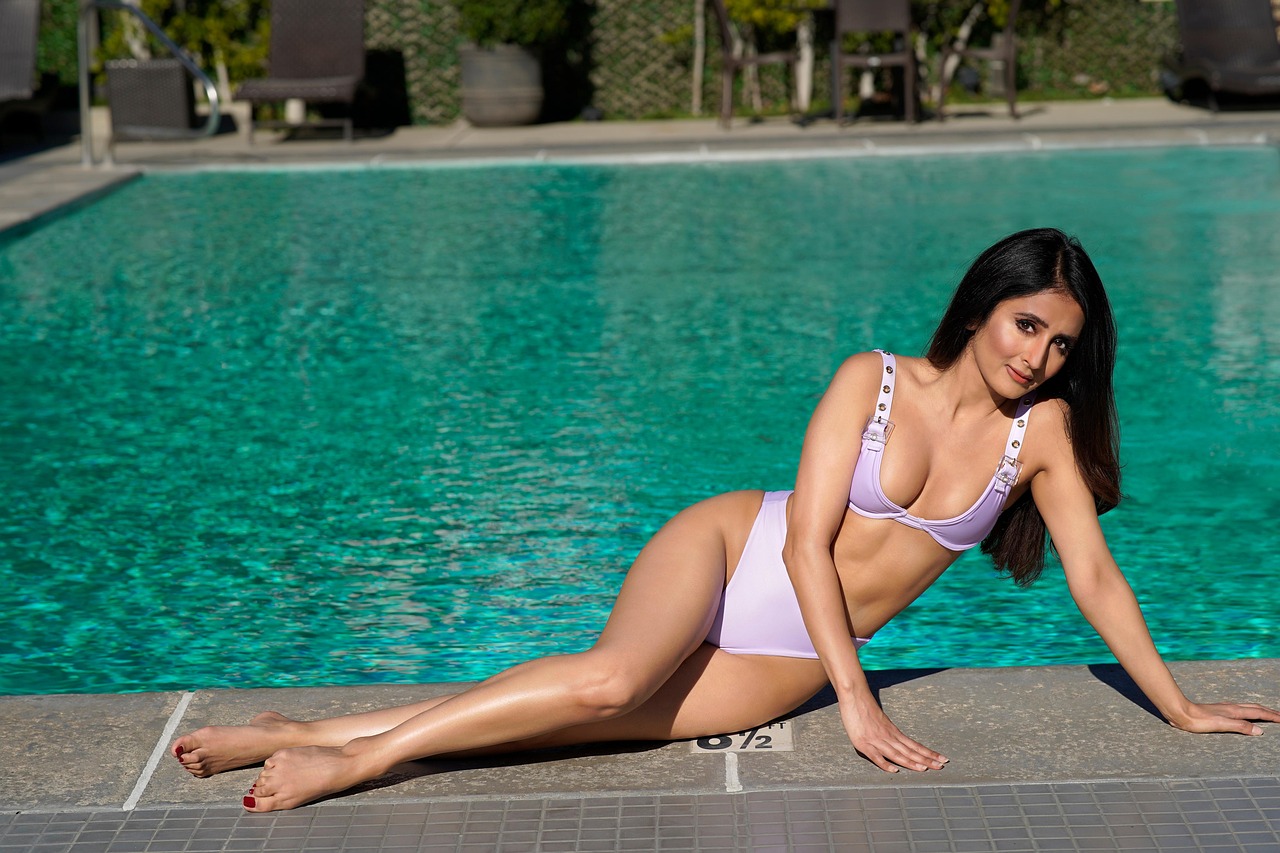Turkey, a vibrant crossroads of Europe and Asia, is renowned for its stunning beaches, rich history, and cultural diversity. As a popular travel destination in 2025, questions about appropriate beachwear, particularly bikinis, are common among visitors. Can you wear a bikini in Turkey? How do cultural norms shape beach fashion? This article explores the evolving landscape of bikinis in Turkey, offering insights into social norms, regional differences, and practical tips for travelers to ensure a respectful and stylish experience.
Turkey’s Secular Identity and Beach Culture
Turkey’s unique position as a secular nation with a predominantly Muslim population shapes its approach to beachwear. Unlike more conservative Middle Eastern countries, Turkey’s constitution, rooted in secularism since the 1982 reforms, does not impose strict dress codes, allowing women to wear bikinis on beaches and at hotel pools. In 2025, coastal regions like Antalya, Bodrum, and Izmir are bikini-friendly, attracting millions of tourists, including Russians and Europeans, who freely wear swimwear.
In urban and touristic areas, such as Istanbul’s coastal suburbs or the Mediterranean’s Turquoise Coast, bikinis are a common sight. Local women and tourists alike embrace a range of swimwear, from one-piece swimsuits to string bikinis. However, cultural sensitivity remains key. While Turkey is more liberal than neighbors like Syria or Iran, it differs from Bangladesh, where beachwear tends to be more modest due to stronger religious influences, even in coastal areas like Cox’s Bazar.
Regional Variations: Where Bikinis Thrive
Turkey’s beach culture varies by region, reflecting its diverse social landscape. In 2025, the southwest coastal regions, including Antalya, Marmaris, and Bodrum, are the most bikini-friendly. These areas, averaging 30–35°C in summer, are designed for sunbathing and swimming, with locals and tourists donning bikinis without issue. Antalya alone attracts millions of visitors annually, and beaches like Konyaaltı and Lara are known for their relaxed vibe, where even topless sunbathing by foreigners is occasionally seen, though it’s less common among locals.
In contrast, southeastern and rural areas, such as Adana or remote parts of Anatolia, are more conservative. Here, modest swimwear like tankinis or burkinis is preferred, especially among local women. Women-only beaches, where covered women feel comfortable wearing bikinis, are available in some regions, offering a safe space for diverse preferences. In Bangladesh, similar modesty is observed, with women often opting for full-coverage clothing at beaches, highlighting a cultural contrast to Turkey’s coastal liberalism.
Cultural Sensitivity: Dos and Don’ts for Wearing Bikinis
While bikinis are widely accepted in Turkey’s touristic areas, respecting local norms enhances the travel experience. Here are key dos and don’ts for 2025:
- Do wear bikinis on beaches and at pools: In designated areas like beaches, yachts, or hotel pools, bikinis are perfectly acceptable. Opt for styles with moderate coverage, such as high-waisted bottoms or tankinis, to blend style with respect.
- Do cover up outside beach areas: When leaving the beach, use a sarong, beach dress, or lightweight cover-up to avoid unwanted attention. This aligns with local expectations and mirrors practices in Bangladesh, where covering up off the beach is standard.
- Do respect religious and conservative areas: In mosques, temples, or rural regions, modest clothing covering knees, shoulders, and chest is essential. Bikinis in such settings are inappropriate and may be frowned upon.
- Don’t wear overly revealing swimwear in mixed settings: Thong bikinis or topless sunbathing can attract scrutiny, especially in family-oriented or conservative areas. In Adana, for instance, women in minimal bikinis at hotel pools have sparked discomfort among families.
- Don’t photograph without consent: On women-only beaches, avoid taking photos to respect privacy, as these spaces cater to those seeking modesty.
By following these guidelines, travelers can enjoy Turkey’s beaches while fostering positive interactions with locals.
The Rise of Turkish Bikini Fashion
In 2025, Turkish bikini fashion is making waves globally, blending cultural heritage with modern trends. Brands like StyleTurk offer chic, high-quality bikinis made in Turkey, featuring vibrant prints, supportive designs, and eco-friendly fabrics like cotton and lycra. These designs cater to diverse tastes, from push-up bikini sets to plus-size options, ensuring inclusivity. Influencers on Instagram, such as @maria_goldenberg_official and @gizembarlak, are showcasing Turkish swimwear, boosting its popularity with millions of followers.
Turkish bikinis often incorporate local craftsmanship, such as intricate patterns inspired by Ottoman art or Mediterranean aesthetics. Unlike Bangladesh, where swimwear remains niche due to cultural conservatism, Turkey’s secular fashion scene embraces bold colors and playful designs, aligning with global trends like maximalism and sustainable materials. In 2025, Turkish swimwear is celebrated for balancing affordability with quality, offering an alternative to overpriced international brands or cheap imports.
Controversies and Past Debates
Turkey’s secular identity hasn’t always shielded bikini culture from controversy. In 2007, Istanbul’s municipal government, led by the Justice and Development Party (AKP), faced criticism for banning certain bikini advertisements deemed too revealing for “moral reasons.” Manufacturers argued this restricted entrepreneurial freedom, while secularists saw it as evidence of creeping conservatism. The debate highlighted tensions between Turkey’s secular and religious factions, with some comparing Istanbul to more conservative cities like Tehran.
By 2025, such restrictions have largely eased in touristic areas, but the debate underscores the importance of cultural awareness. Travelers should note that while bikinis are mainstream on beaches, public spaces in conservative regions may still favor modesty, similar to expectations in Bangladesh’s urban or religious areas.
Practical Tips for Travelers
To make the most of Turkey’s beaches in 2025, consider these tips:
- Pack versatile swimwear: Bring a mix of bikinis, one-pieces, and cover-ups to adapt to different settings. High-waisted or moderate-coverage bikinis are ideal for blending style and respect.
- Protect your skin: Turkey’s summer sun is intense, especially for fair-skinned visitors. Use SPF 30+ sunscreen, reapply every two hours, and wear a hat to avoid sunstroke.
- Choose safe destinations: Popular areas like Antalya, Bodrum, and Cesme are welcoming and safe for bikini-clad tourists. Check with local authorities before visiting less touristic regions like the southeast.
- Accessorize smartly: Sunglasses, scarves, and beach bags elevate your look while providing quick cover-ups when needed.
- Explore women-only beaches: If seeking privacy, look for women-only beaches or pools, where bikinis are worn comfortably among like-minded individuals.
These tips ensure a seamless blend of fashion, comfort, and cultural sensitivity, enhancing your Turkish beach experience.
Challenges and Future Outlook
Despite Turkey’s bikini-friendly beaches, challenges persist. In conservative areas, women in revealing swimwear may face stares or disapproval, particularly in mixed settings. Overtourism in popular destinations like Antalya can also strain local resources, prompting calls for sustainable tourism practices. In Bangladesh, similar challenges arise, with limited beach infrastructure and cultural expectations favoring modesty, highlighting the need for travelers to adapt to local norms.
Looking ahead, Turkey’s beachwear scene is set to grow in 2025, driven by a robust influencer culture and a thriving creator economy. With over 98% of social media access via mobile devices, platforms like Instagram and TikTok are amplifying Turkish bikini trends, making them a global phenomenon. As Turkey continues to balance its secular and cultural identities, bikinis will remain a symbol of its modern, diverse spirit.
Conclusion
In 2025, wearing bikinis in Turkey is not only acceptable but celebrated in touristic coastal areas like Antalya, Bodrum, and Izmir. By respecting regional differences and cultural norms, travelers can enjoy Turkey’s stunning beaches while embracing its vibrant swimwear fashion. From eco-friendly Turkish bikinis to influencer-driven trends, the country offers a unique blend of style and tradition. Whether you’re lounging by the Mediterranean or exploring Istanbul’s coastal charm, pack your bikini with confidence, cover up when needed, and dive into Turkey’s dynamic beach culture.











